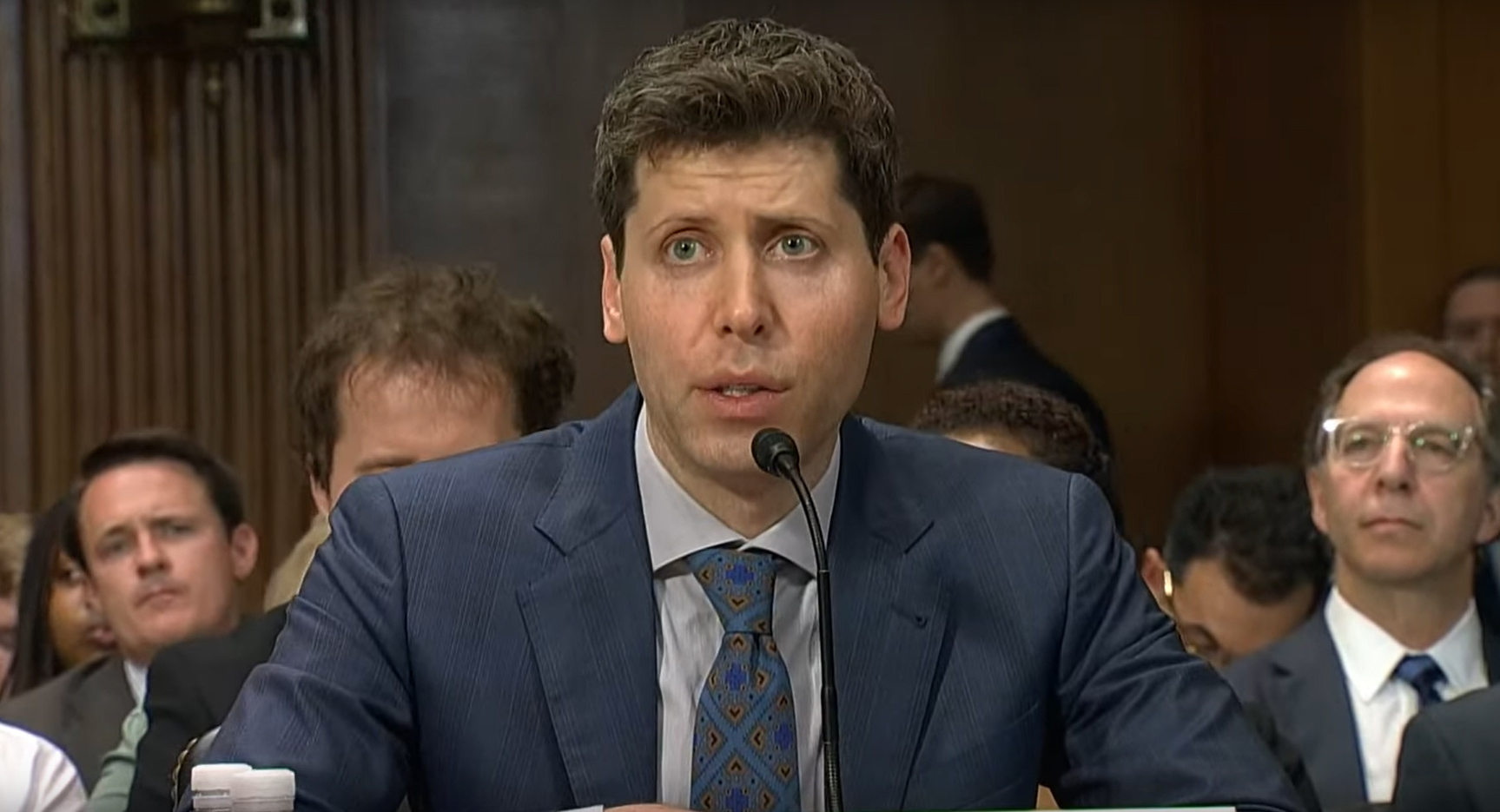Sam Altman, X enthusiast and Reddit shareholder, has expressed doubts over whether social media content can still be distinguished from bot activity. His remarks followed an influx of praise for OpenAI Codex on Reddit, where users questioned whether such posts were genuine.
Altman noted that humans are increasingly adopting quirks of AI-generated language, blurring the line between authentic and synthetic speech. He also pointed to factors such as social media optimisation for engagement and astroturfing campaigns, which amplify suspicions of fakery.
The comments follow OpenAI’s backlash over the rollout of GPT-5, which saw Reddit communities shift from celebratory to critical. Altman acknowledged flaws in a Reddit AMA, but the fallout left lasting scepticism and lower enthusiasm among AI users.
Underlying this debate is the wider reality that bots dominate much of the online environment. Imperva estimates that more than half of 2024’s internet traffic was non-human, while X’s own Grok chatbot admitted to hundreds of millions of bots on the platform.
Some observers suggest Altman’s comments may foreshadow an OpenAI-backed social media venture. Whether such a project could avoid the same bot-related challenges remains uncertain, with research suggesting that even bot-only networks eventually create echo chambers of their own.
Would you like to learn more about AI, tech, and digital diplomacy? If so, ask our Diplo chatbot!










